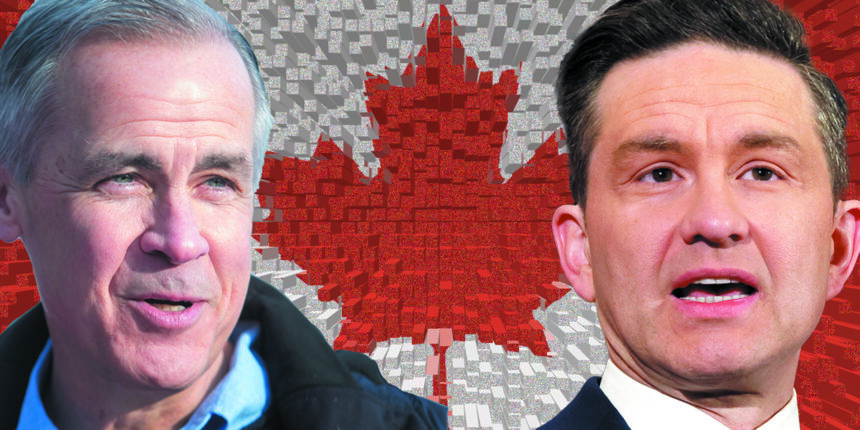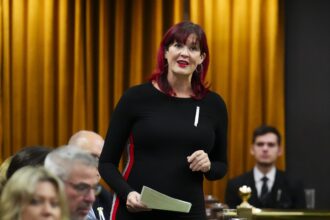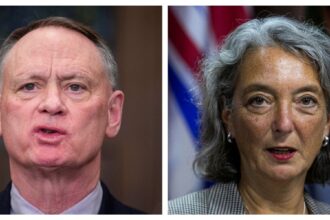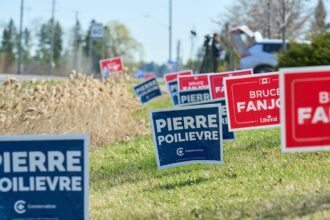Election 2025 Canada Leader Closing Messages Analyzed by Pundits
Final Days and Key Issues
As Canadians prepare to head to the polls in the final days of Election 2025, party leaders are crafting their closing arguments in a race that remains remarkably tight. With multiple issues competing for voter attention—from housing affordability to healthcare reform and economic stability—these final appeals could prove decisive in swaying undecided voters.
“The closing message is often the most critical piece of campaign communication,” explains Dr. Amrita Singh, professor of political communication at the University of Toronto. “It’s the last chance for leaders to consolidate their base and persuade fence-sitters before they cast their ballots.”
Voter Uncertainty and Strategic Responses
Recent polling suggests as many as 15 percent of voters remain undecided, an unusually high number this late in the campaign. This fluidity has party strategists working overtime to craft messages that resonate across demographic and regional divides.
Liberal Party Strategy
The Liberal campaign has emphasized continuity and steady leadership through economic uncertainty, with the Prime Minister focusing heavily on implemented family benefits and climate initiatives during recent appearances. However, political analysts suggest this approach may not be sufficient given current approval ratings.
“The Liberals need to make this election about the future, not the past,” argues Tim Reynolds, former campaign strategist. “Their strongest closing argument would highlight specific economic plans for the middle class while painting their main opponents as risky alternatives.”
Conservative Closing Message
Conservative strategists, meanwhile, have advised their leader to maintain focus on cost-of-living concerns that have dominated much of the campaign narrative. Their closing message has centered on affordability, with particular emphasis on housing and grocery prices—issues that consistently rank highest among voter concerns in CO24 polling.
NDP’s Challenge
The NDP faces a different challenge, needing to prevent strategic voting while presenting themselves as the only authentic progressive option. “Their most effective closing argument combines moral clarity on healthcare investments with practical solutions on housing,” notes electoral analyst Maria Contreras. “They need to convince progressive voters they won’t just influence policy from the sidelines, but can actually implement it.”
Bloc Québécois Strategy
For the Bloc Québécois, the message remains regionally focused but has evolved to encompass environmental protection alongside traditional sovereignty concerns—a strategy aimed at younger Quebec voters who prioritize climate action but maintain strong provincial identity.
Green Party’s Final Appeal
The Green Party’s closing pitch emphasizes climate emergency preparedness and intergenerational justice, themes that have gained traction amid recent extreme weather events across Canada covered extensively in CO24 News.
Economic Implications and Market Reactions
Financial markets are watching the race closely, with analysts at major banks releasing investor guidance on potential policy outcomes and their economic implications. “The uncertainty around tax policy and resource development has created noticeable market hesitation,” reports James Wilson, economist at Canadian Financial Group, in analysis covered by CO24 Business.
Regional Variations in Messaging
Election observers note that regional messages have become increasingly tailored, with leaders emphasizing different priorities depending on their audience—housing affordability in urban centers, resource development in resource-dependent provinces, and agricultural supports in rural communities.
“What’s notable this election cycle is how fragmented the national conversation has become,” explains veteran pollster Susan Chen. “We’re essentially witnessing multiple regional elections happening simultaneously, with voters in different provinces responding to entirely different sets of concerns.”
Final Campaign Push
As the final weekend approaches, leaders will conduct whirlwind tours of battleground ridings, with particular focus on suburban districts surrounding Toronto, Vancouver, and Montreal where races remain exceptionally close.
As Canadians prepare to make their final decision, the question remains: will voters prioritize stability and continuity, or is the appetite for change strong enough to overcome traditional voting patterns that have shaped Canadian politics for generations?

























